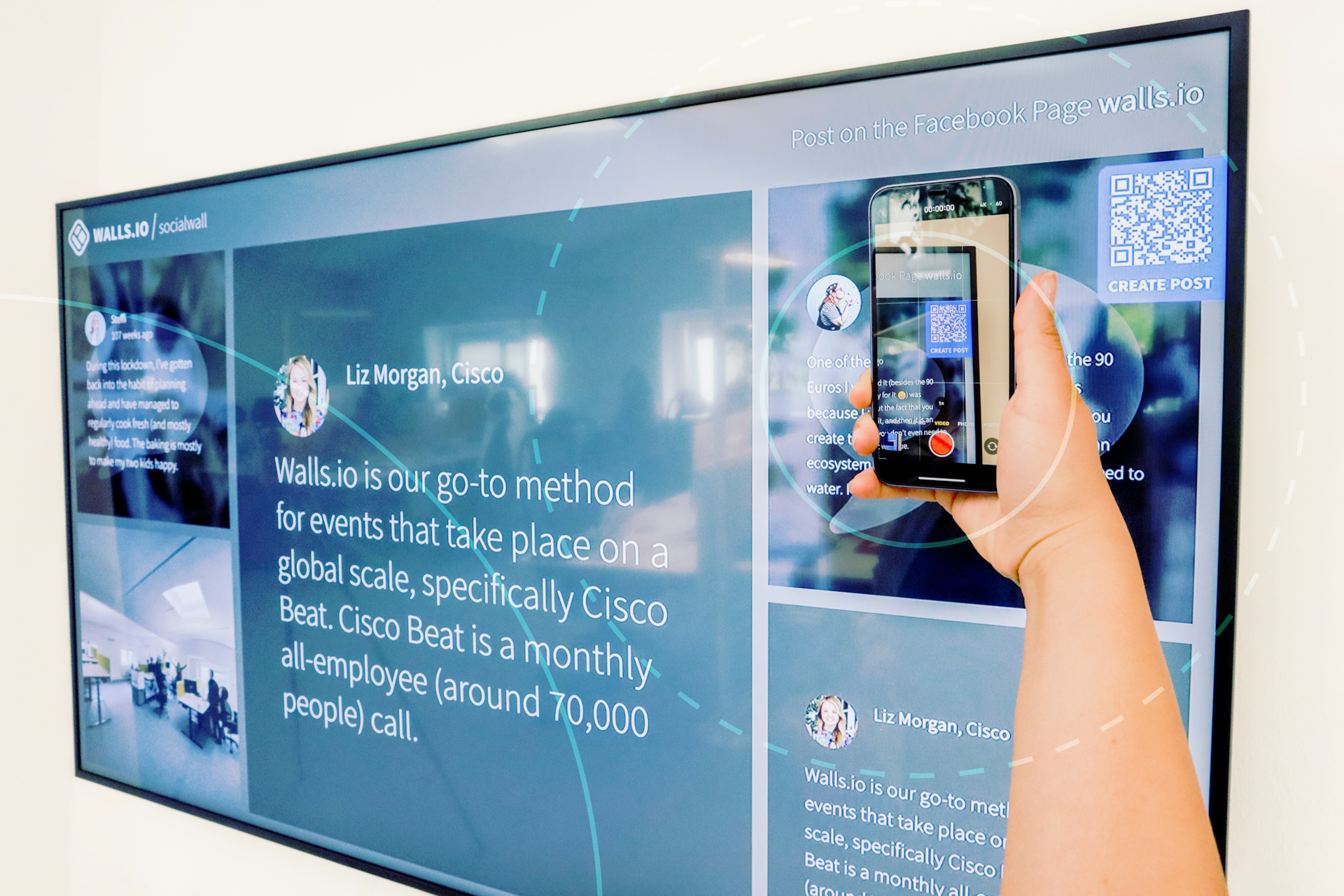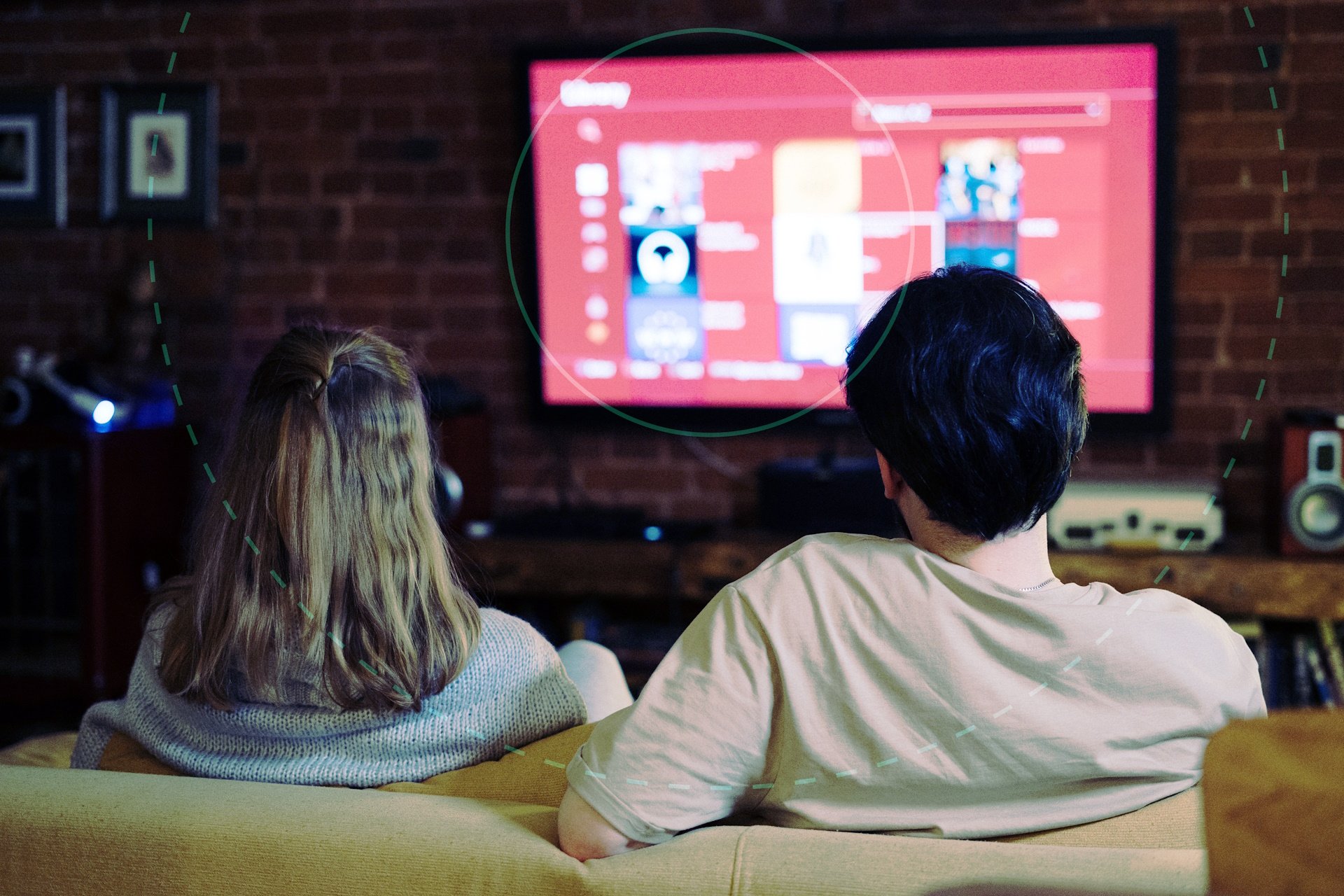Building customer loyalty means consistently delivering top-notch goods and services, helpful customer service, and meaningful incentives to return.
Customer loyalty is often what separates a successful business from a struggling one. The fact is that the vast majority of companies require repeat customers to thrive. On the flip side, customers constantly need new things. From food and clothes to cars and housing, nothing lasts forever, and it’s a lot easier to buy goods and services from companies you already trust. Establishing a dedicated customer base can help spread the word during boom times, keep the lights on during lean times, and ensure that things run smoothly the rest of the time.
A good marketing strategy can be integral in building customer loyalty. Through personalized experiences, loyalty programs, and metrics analysis, marketers can help attract and retain devoted patrons for years to come.
What Is Customer Loyalty?
What is customer loyalty? It means that all other things being equal, if an existing customer needs a good or service that you sell, they’ll come back to you rather than seek out another provider.
Building customer loyalty has benefits for both your business and your customer base. If you provide high-quality products and excellent customer service regularly, customers are likely to be happy with what they buy. They’re also likely to think highly of your organization. They may tell their friends and family about your company, or recommend it on social media. At the very least, they’re likely to come back again when the need arises.
Be aware that while customer loyalty is related to the concepts of brand loyalty and customer retention, the three terms are distinct. Brand loyalty generally focuses on how customers perceive a brand. Customer retention is simply how many repeat customers you keep, whereas customer loyalty also encompasses how you build relationships with those customers over time.
What Is the Most Direct Cause of Customer Loyalty?
If you’re wondering “What is the most direct cause of customer loyalty?”, the answer is surprisingly straightforward. You should sell excellent goods and services, set reasonable prices, provide helpful customer service, and do all of these things consistently. If you set high standards for your business and maintain them over time, customers will notice. Likewise, they’ll notice if you do the opposite. One bad experience is enough to make about half of customers switch to a competitor.
“Sell things that people want to buy” and “treat your customers well” are simple principles, but powerful ones. Think about businesses that have floundered in your neighborhood. How many of them took their customer base for granted, or cut corners in pursuit of easier profits? Providing best-in-class goods and services takes dedicated, sustained effort and a focus on long-term growth over short-term gains. Remember that acquiring new customers costs about five times as much as retaining the ones you already have.
Customer Retention and Loyalty
Providing things that customers want and treating them well are the most important components of customer loyalty. But in theory, any well-run business can clear that bar. To increase customer retention and loyalty, marketers can deliver personalized experiences and ongoing incentives.
“Personalized experience” is a catch-all term for any action that a business directs toward one particular customer. This could be as complex as a custom-made item or a curated shopping experience. But it could also be as simple as an email that addresses a customer by name, or a text message that offers a promotion based on things they’ve previously bought.
If you’ve never created personalized experiences for customers before, then tailored communications are a great place to start. They’re inexpensive and easy to scale up as needed. Over time, you could even target customers based on their location or shopping habits. Addressing customers by name and remembering their preferences helps build rapport. Offering targeted promotions helps increase the likelihood that they’ll buy something.
If you sell goods that customers need to buy regularly, you could also consider a loyalty program. Some loyalty programs offer discounts or freebies. An easy example is a pizza parlor that offers customers one free slice after they’ve bought 10. Other programs can take the form of paid subscriptions. Some chain stores and online shops offer premium memberships, which may cost hundreds of dollars per year, but grant meaningful discounts on each purchase. Either way, you’ll be giving customers a good reason to come back to your business rather than looking elsewhere. You’ll also gather lots of valuable customer data, including names, email addresses, and phone numbers.
However you promote customer loyalty, you’ll want to make sure that your methods are working. With personalized experiences and loyalty programs, you should have enough data to determine which customers are coming back, and how often. From there, you can calculate a rate of customer retention, and compare it to your overall sales goals.
If customers are coming back regularly and your revenue is increasing, you’re in good shape. If customers are not coming back and your revenue is going down, your strategies are not working. If you’re somewhere in the middle — customers retained, revenue going down; customers not retained, revenue going up — then some parts of your strategy are working, and others aren’t.
Improve Customer Loyalty with tvScientific
The single most important tool to track customer loyalty is data. Once you know who your customers are, what they buy, how much they spend, and how often they return, you should have everything you need to craft a winning retention strategy. tvScientific can help you acquire and interpret this data.
tvScientific helps marketers craft, refine, and analyze their CTV advertising campaigns. By understanding the reach and effectiveness of your marketing campaigns, you can engage a larger audience, more accurately track customer conversions, and improve your overall ROI. Over time, you can also learn how many new customers you attract and how many existing customers you retain. Contact us to set up a demo today.






